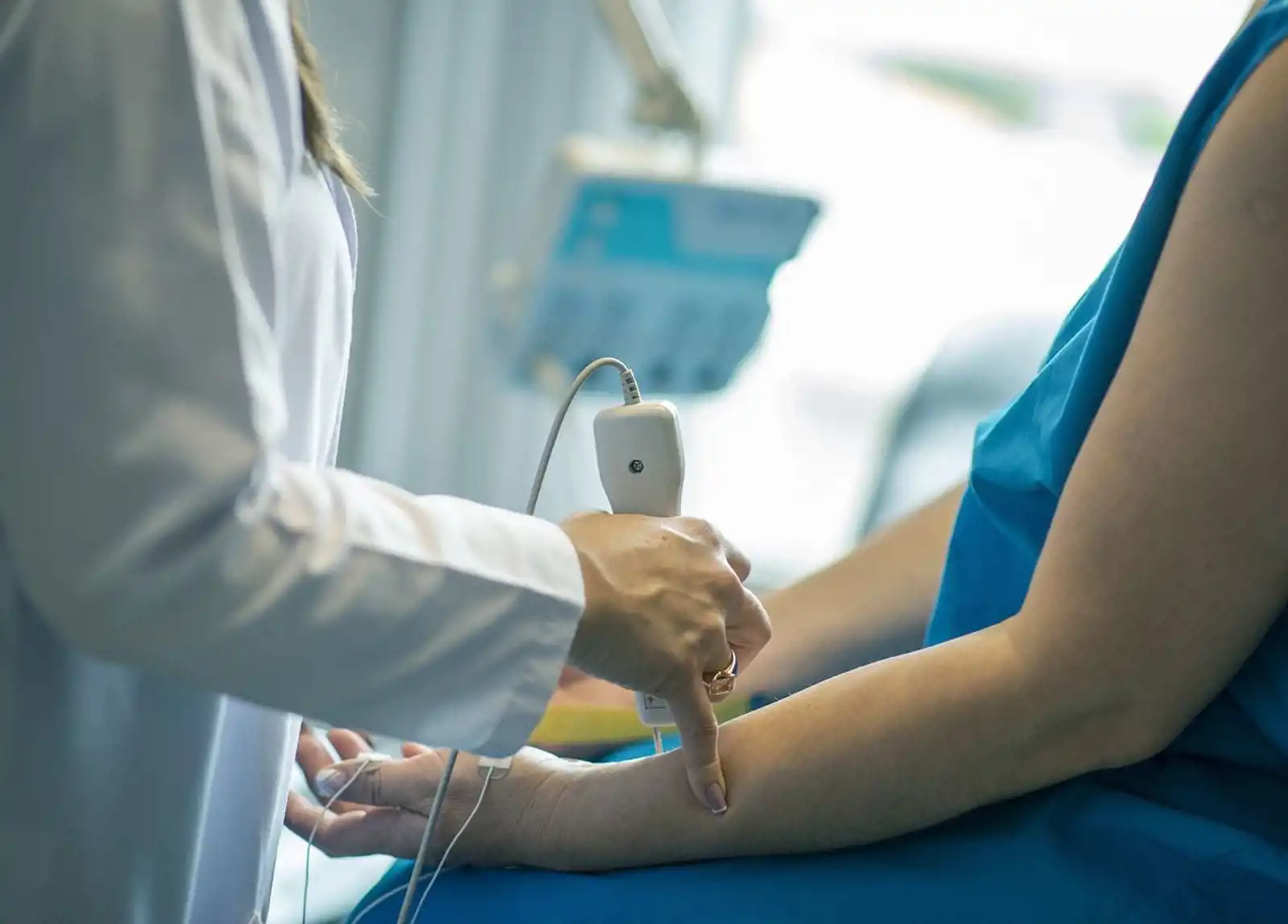Isansys’ time-saving patient monitoring technology
Published on 6 October 2023

Isansys Lifecare, the global digital health company headquartered at Milton Park, has had its remote patient monitoring technology praised for its remarkable time-saving potential in a new clinical study.
The study, conducted by the WARD Project (Wireless Assessment of Respiratory and circulatory Distress) in Denmark, marks a turning point in patient care.
Vital sign monitoring is a critical aspect of clinical care in hospitals, and traditionally relies on sporadic manual assessments performed by clinical staff. However, continuous vital sign monitoring has emerged as a solution to enhance patient outcomes while reducing clinical teams’ workloads.
The WARD Project conducted the study to identify the difference in workload between continuous and manual vital sign monitoring, specifically concerning the National Early Warning Score (NEWS).
Isansys provided wireless sensors and the patient data acquisition platform that continuously tracked blood pressure, heart rate, respiratory rate and peripheral oxygen saturation in 20 patients admitted to a general hospital ward.
Among the key findings of the study, it was discovered that the time required for continuous monitoring was, on average, only six minutes per patient per day, compared to 14 minutes per patient per day for manual assessments using NEWS.
For isolated patients, continuous monitoring took just 6.6 minutes per patient per day, compared to 22 minutes per patient per day for NEWS.
These results show that Isansys’ continuous monitoring technology significantly reduces the time spent on vital sign assessments, an approach which can potentially ease the burden on clinical staff, allowing them more time to focus on patient care and other essential tasks.
To put it in perspective, continuous monitoring for 20 patients requires just 113 minutes per day, whereas the traditional NEWS monitoring method demanded a substantial 480 minutes – equivalent to a full eight-hour shift – from clinical staff.
Dr Heather Duncan, Chief Medical Officer at Isansys, said: “This study shows a real benefit to the way nurses assess patients. Continuous monitoring saves significant time during each shift by reducing the burden of repeated manual monitoring activities.
“The continuous monitoring does not replace the nursing attention, they still need to assess the patient’s general condition, consciousness, and the validity of the vital signs, but they won’t have to spend time measuring. Nurses can spend more time interacting, assessing & analysing the patients’ condition.”
This study adds to the growing evidence that Isansys’ remote patient monitoring technology has the potential to revolutionise the way healthcare teams deliver care in hospitals, and to patients in their own homes.
By reducing time spent on vital sign assessments with clinically meaningful alerts at centralised monitoring stations and delivered to personal devices, the Isansys platform empowers clinical staff to provide enhanced care and attention to their patients, and helps reduce overwork, stress, and burnout.
For more information, please visit: https://www.isansys.com/en/Media-Centre#/



